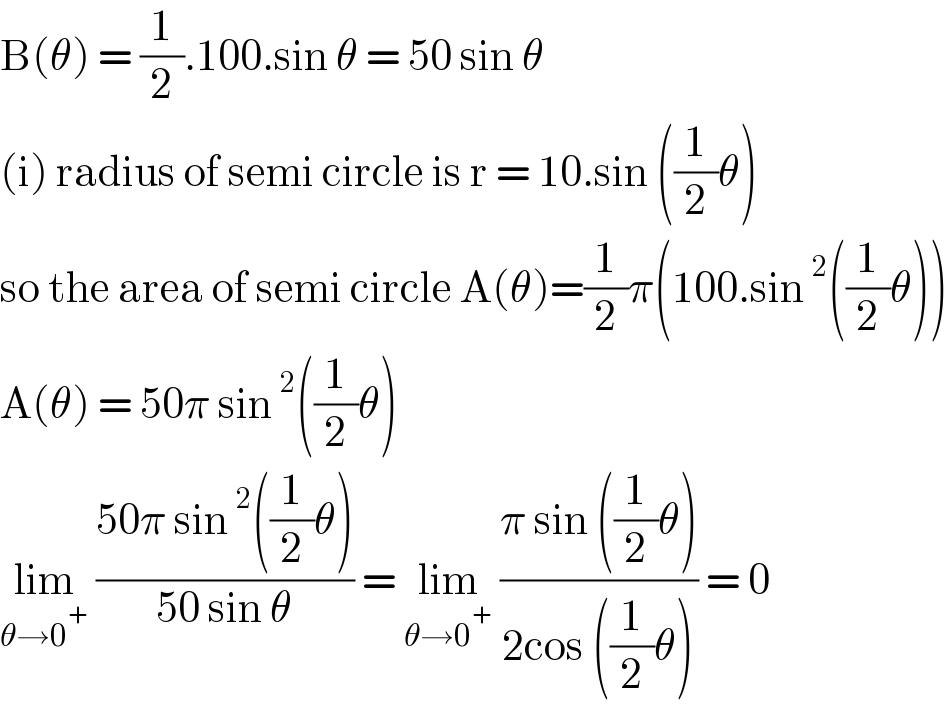
Question and Answers Forum
Question Number 134878 by bemath last updated on 08/Mar/21

Answered by EDWIN88 last updated on 08/Mar/21

| ||
Question and Answers Forum | ||
Question Number 134878 by bemath last updated on 08/Mar/21 | ||
 | ||
Answered by EDWIN88 last updated on 08/Mar/21 | ||
 | ||
| ||